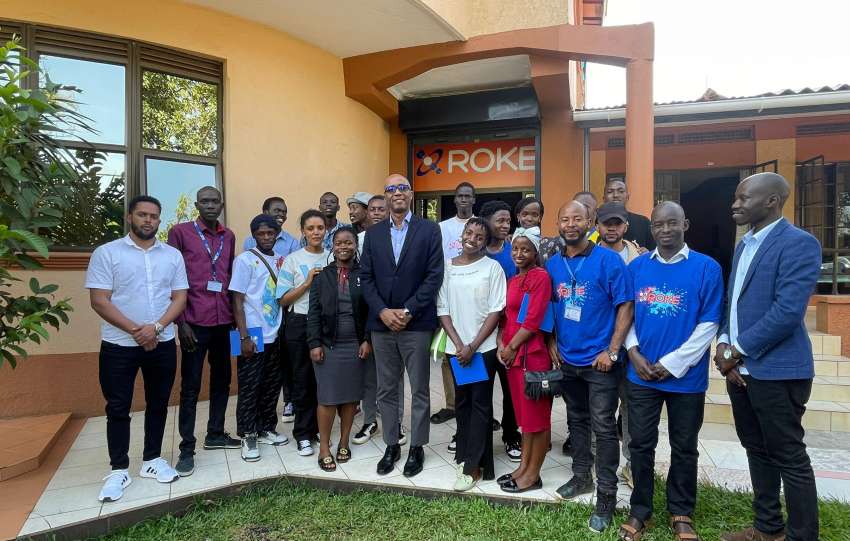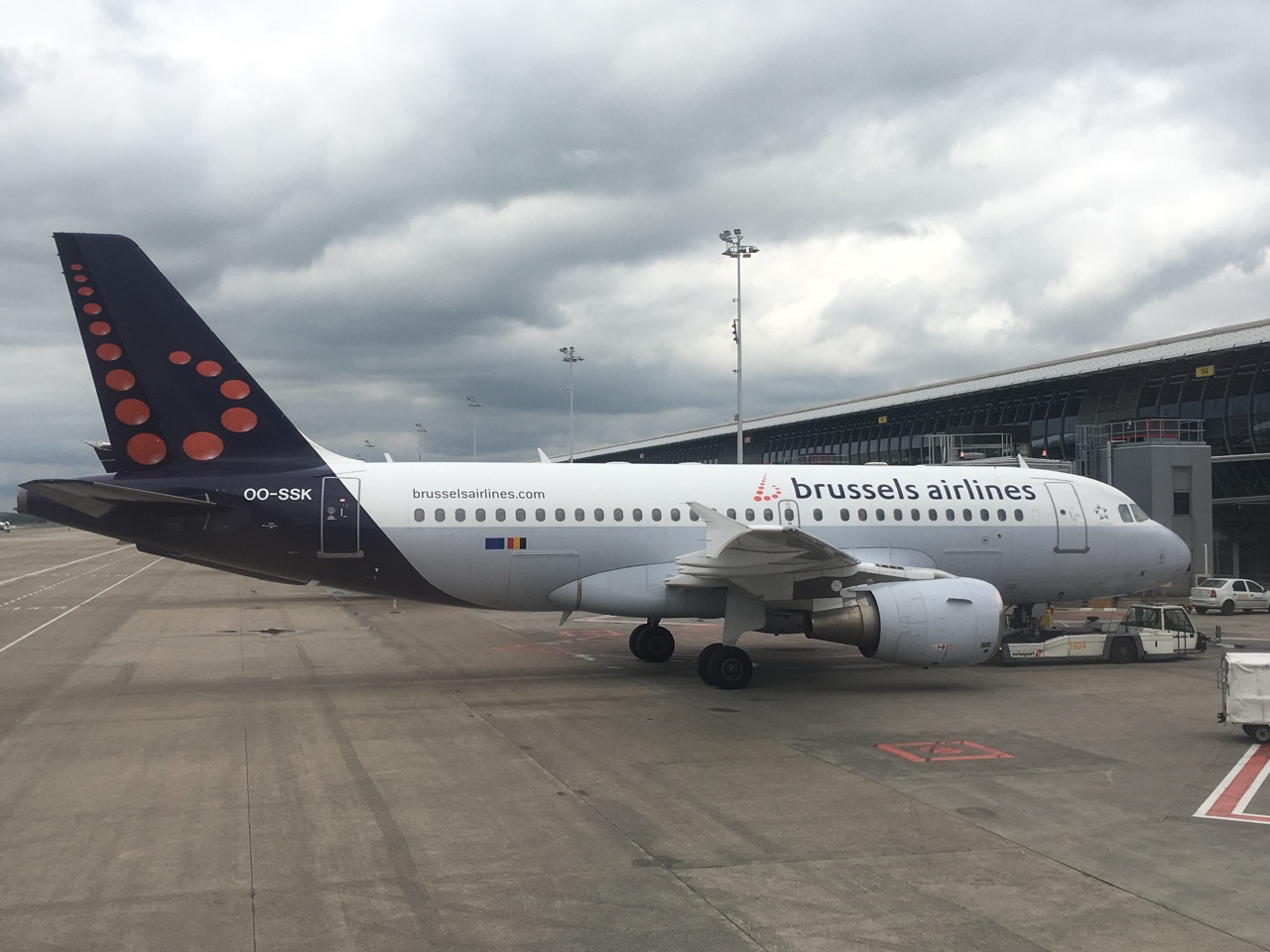Last year it was Brexit, this year it is a far more damaging virus that is driving nations apart. Yet, aviation regulators are still trying to collaborate to ease burdens on international aviation, as discussed at the Aeronautical Repair Station Association’s recent annual symposium.
The virus did have an impact, with symposium attendance down 30% from the prior year and EASA’s representative, although located across the river in Washington on, D.C., compelled to appear by audio link.
Prior to the regulatory panel, ARSA Executive Vice President Christian Klein outlined his organization’s priorities: getting full $5 million funding for congressionally authorized training of aircraft mechanics, “keeping pressure” on FAA to update its training requirements and blocking H.R. 5119, an anti-outsourcing bill working its way through the U. S. House of Representatives.
Then it was on to the rule makers
Ali Bahrami, associate FAA administrator for safety, told attendees the agency is following its five-year strategic plan to move toward more performance-based safety regulation, emphasize workforce development and see safety management systems (SMS) spread throughout the aviation community. About 60 U.S. repair stations have already adopted SMSs, although they are voluntary in the U.S. Bahrami said FAA would look for new forms of SMSs that are adaptable by small companies that can find these systems burdensome.
Ricardo Domingo, executive director of FAA’s Flight Standards Service, said the agency is establishing a new review process to ensure that its advisory circulars and other guidance materials are “lawful, reasonable and consistent with administration policy.” FAA expects to issue a draft advisory circular on using remote connectivity in place of physical surveillance “in about three months.” The agency also wants to make its repairman certificate more mobile, a move encouraged by ARSA.
On SMSs, Domingo acknowledged there are collaboration challenges posed by the U.S’s voluntary approach to SMSs, versus EASA’s SMS mandate.
Michael Romanowski of FAA’s Aircraft Certification Services is busy with workforce development and policy changes, including the shift toward performance-based regulations. Romanowski wants to reexamine the priorities of the Certification Management Team (CMT), composed of directors of the certification services at FAA, EASA, Transport Canada Civil Aviation (TCCA) and Brazils’ Agência Nacional de Aviação Civil (ANAC). He also seeks to increase integration of his unit with Domingo’s Flight Standards office.
Civil Aviation Specialist Gustavo Carneiro outlined ANAC’s new strategic plan for 2020-26, which emphasizes challenges such as electric aircraft, certifying new airlines and environmental impacts of aviation. He noted that the 2019 meeting of the CMT came up with a new list of safety items to be emphasized.
The ANAC-FAA Maintenance Agreement Guidance (MAG) has final technical content and should be signed in June, with inspectors trained in MAG methods during July and August. ANAC has signed an agreement with the UK that will cover both hard and soft Brexit options at the end of 2020. ANAC staff have visited TCCA and will develop a new Technical Agreement-Maintenance (TA-M) with Canada.
Carneiro said ANAC is now working on new technologies, including additive manufacturing, for which new guidance materials will be developed. Remote connectivity for inspections and drones will also require new guidance. The Brazilian regulator intends to encourage artificial intelligence, big data and machine learning.
On the Boeing MAX challenge, Carneiro said ANAC will create its own internal group to revisit certification, including the maintenance aspects of certification.
EASA’s Washington representative Thomas Mickler spoke of his agency’s 11 rulemaking tasks for 2020, which include rules for new air mobility, Phase II of SMS “across all domains of aviation,” installation of parts without Form 1s when safety is not affected and clarifying instructions for continued airworthiness.
EASA-FAA MAG Change 7 went into effect in February 2020, and Mickler predicted Change 8 could be ready for signature by June.
EASA is extremely concerned about H.R. 5119, that U.S. anti-outsourcing bill, especially its requirements for unannounced inspections of foreign repair stations, direct FAA certification of these stations and a likely moratorium on new foreign stations. “It has great potential to disrupt what we have accomplished,” Mickler stressed.
EASA signed a Bilateral Aviation Safety Agreement (BASA), but no MAG, with China in 2019. Mickler said a BASA with Japan is possible this year.
Jeff Phipps, chief of operational airworthiness, said TCCA is now developing revision 2 of its Maintenance Implementation Procedures (MIP) with FAA. Possible changes include TCAA not certifying a repair station if its country does not meet ICAO standards, acceptance of triple TCCA-FAA-EASA releases and enabling mobile repair and modification teams. Phipps hopes MIP revision 2 will be signed in June.
Revision 3 of the TCCA-EASA MAG is expected in 2020, and TCCA’s TA-M with Brazil is also expected this year. The Canadian regulator is also working on TA-Ms with Hong Kong, Israel, Japan and Singapore.
Domestically, TCCA is developing proposed amendments on undocumented parts and mechanic licensing.
The regulatory elephant not in the room was, of course, the Civil Aviation Administration of China (CAAC). CAAC has not collaborated extensively with other regulators on maintenance matters, ARSA has not been able to attract CAAC to its annual symposiums, and virus concerns would have blocked Chinese participation this year, anyway. In a side conversation, one U.S. MRO said duplicate inspections by FAA and CAAC were very burdensome, burdens worsened by the fact that CAAC has only about a half dozen inspectors to cover all U.S. repair stations. CAAC scrutiny of U.S. shops thus ranges from the cursory to the intense.
About Guide2Uganda
Guide2Uganda (www.guide2uganda.ug) is the most comprehensive source of information about Uganda that exists on the web, with more content on Uganda and surrounding towns, attractions, museums and galleries than any other online guide that currently exists for Uganda as well as being a dynamic news and comprehensive events driven site with content being added daily.
According to WeFollow & Peer Index (whom both measure online influence) we are among the most influential online media organizations in Uganda. We were also awarded for ‘’Best Destination Website in Uganda’’ by Jumia Travel Uganda in the 2017-2018 Africa Travel Awards. If you are planning a visit to Uganda you can always reach us on; info@guide2uganda.ug




